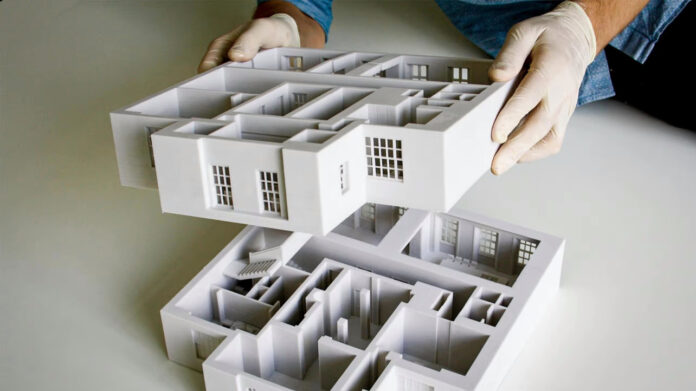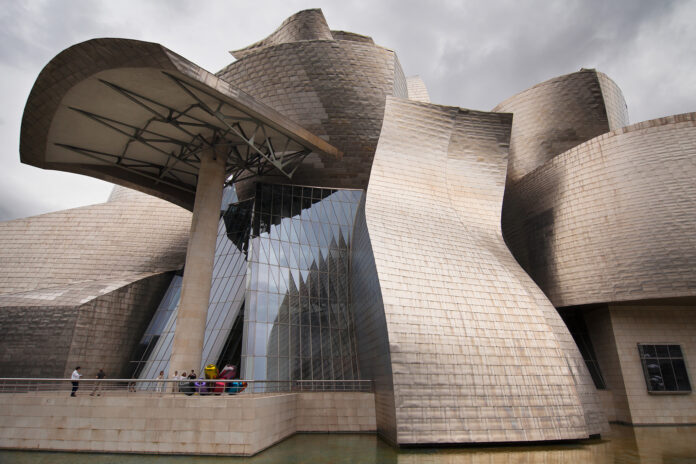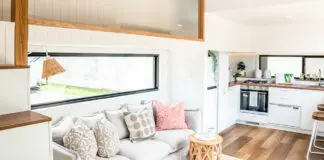Let’s talk about the ever-evolving world of modern architecture. It’s a realm where innovation knows no bounds, and the boundaries of design and construction are continually being redefined. In the past few years, we’ve witnessed a surge of thrilling trends that span the spectrum from futuristic and experimental marvels to the sleek and functional beauty of minimalism.
Picture a world where buildings seem to defy the laws of physics and challenge your very perception of space. That’s the kind of magic that futuristic and experimental structures bring to the table. These architectural wonders are pushing the limits of imagination and engineering, captivating us with their awe-inspiring shapes, innovative materials, and mind-boggling designs. But modern architecture isn’t just about the grand and extravagant; it’s also embracing the beauty of simplicity and functionality.
Minimalist designs are gaining momentum, offering a refreshing take on space utilization, clean lines, and an uncluttered aesthetic. These designs strip away the unnecessary, leaving behind spaces that are not only visually appealing but also highly practical.
In this article, we’ll unravel the latest trends in modern architecture and their exciting implications for the future.

Experimental Structures
Prepare to have your mind blown by one of the most exhilarating trends of modern architects: parametric design. This cutting-edge approach harnesses the power of computer algorithms to generate mind-bogglingly intricate, organic shapes that were once considered impossible using conventional methods. The result? Prepare to be amazed by a new breed of buildings that exude an otherworldly allure. Just take a glimpse at the Heydar Aliyev Center in Baku, Azerbaijan, and you’ll witness firsthand the breathtaking possibilities that this futuristic trend unveils.
But that’s not all! Experimental architecture is also embracing the use of groundbreaking materials and construction techniques that push the boundaries of what we thought was achievable. Enter the realm of 3D printing and carbon fiber, where the realm of possibilities expands exponentially. With these revolutionary materials, architects are given a blank canvas upon which they can unleash their boundless creativity. The result? Prepare to feast your eyes on structures that not only captivate with their visual splendor, but also dazzle with their functionality and efficiency.

3D Printing
The world of architectural design is being revolutionized by the rising popularity of 3D printing. This innovative tool has become a go-to for architectural firms, empowering architects to craft intricate designs with unprecedented precision and efficiency. Thanks to specialized software, architects can now bring their visions to life by creating intricate 3D models of buildings, which can then be transformed into reality using a range of materials, from sturdy concrete to versatile plastics.
This groundbreaking technology not only amplifies the flexibility and customization potential of designs but also streamlines construction timelines and minimizes wastage, ushering in a new era of sustainable and time-efficient building practices. Get ready to witness the fusion of creativity and cutting-edge technology as 3D printing takes the architectural world by storm.

A Minimalist Approach
Amidst the exhilaration of futuristic and experimental structures, there’s a captivating shift towards embracing simplicity and minimalism in the realm of modern architecture. This growing trend celebrates clean lines, neutral hues, and an unwavering emphasis on functionality over excessive ornamentation. Minimalist buildings gracefully blend into their surroundings rather than clamoring for attention, often employing organic materials like wood and stone for construction.
The allure of minimalist architecture lies in its inherent simplicity and timeless elegance. By shedding superfluous embellishments, architects craft buildings that are not only visually striking but also purposeful in their design. This trend has garnered particular admiration in urban landscapes, where space is a precious commodity, urging architects to unleash their creativity in utilizing available resources efficiently. Prepare to be captivated by the understated beauty and intelligent design principles that characterize the minimalist movement in modern architecture.

Technology and Smart Homes
The realm of modern architecture is being profoundly shaped by remarkable advancements in building technology. A prominent trend taking the world by storm is the rise of smart homes, where the convergence of convenience and efficiency reigns supreme. Imagine a home where lighting, heating, and security systems seamlessly sync with your mobile devices, all at the touch of a button. These intelligent abodes not only make life easier but also promote energy conservation through the integration of solar panels and energy-efficient appliances.
But that’s just the beginning! High-tech architecture is embracing the concept of interactive and responsive design, setting the stage for a truly immersive experience. Imagine buildings adorned with kinetic facades and responsive lighting that gracefully adapt to environmental changes and the occupants’ needs. This dynamic interplay creates a captivating and ever-evolving ambiance, while simultaneously reducing energy consumption and enhancing overall efficiency. Brace yourself for a future where architecture not only integrates technology, but also dances in harmony with the rhythms of your life.

Vertical Gardens and Green Roofs: Embracing nature in urban environments
Vertical gardens and green roofs are innovative design solutions that are transforming urban environments into green and sustainable spaces. By embracing nature in the midst of concrete jungles, these architectural features offer numerous benefits. Vertical gardens, also known as living walls, are created by covering building facades with plants, bringing nature to vertical surfaces. Green roofs, on the other hand, involve the installation of vegetation on rooftops, providing insulation, reducing energy consumption, and mitigating the urban heat island effect.
Both vertical gardens and green roofs enhance air quality, reduce stormwater runoff, and provide habitats for wildlife. Moreover, they create pleasant and calming environments for residents, improve the aesthetics of buildings, and contribute to a more sustainable and resilient future for our cities.
Let’s embrace all of these modern architectural trends! As we look towards the future, we can anticipate even more innovative and awe-inspiring architectural creations that will shape the world we live in and inspire generations to come.









